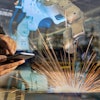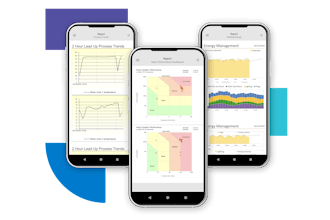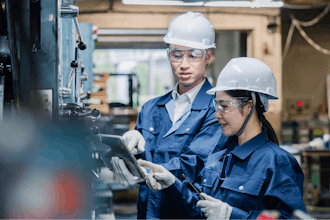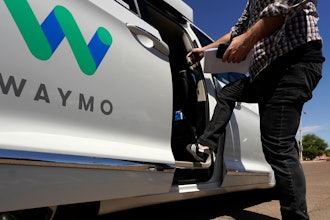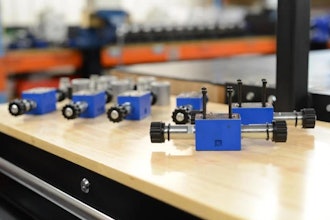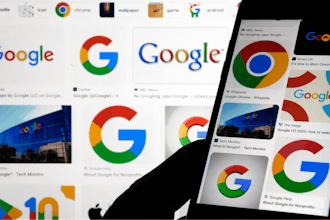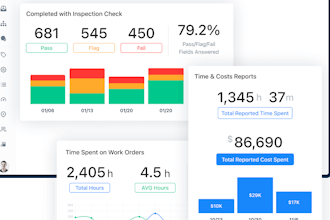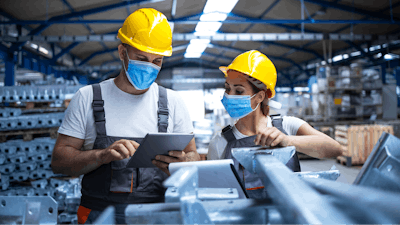
Like practically every industry, manufacturing remains significantly impacted by COVID-19. Reductions in orders, employment, and production were among the results many manufacturing companies faced at different times in 2020 due to the pandemic. And it looks like these and related trends will continue for some time into 2021.
As manufacturers look for innovative ways to maintain efficiency and meet customer demand, the industrial internet of things (IIoT) offers an effective solution to several challenges in the era of COVID-19. Here are three ways IIoT is helping manufacturers navigate the unprecedented COVID-19 pandemic.
Tracking and Monitoring for Health and Safety
IIoT can be utilized to help manufacturers ensure employees are keeping safe distances. Wearable trackers enable real-time tracking of staff and the logging of all contacts made during the shift, a helpful solution for contact tracing. Wearable sensors notify users directly when they encroach on social distancing boundaries and send beacons to notify the tracking system.
IIoT tools provide companies information to help stop the spread of the virus. Temperature monitoring devices such as the Panasonic temp scanner, can detect workers displaying a low-grade fever – the most common first sign of the virus. IIoT technology also captures both worker and time data when company assets and materials are handled, so any cross contamination between workers can be flagged immediately.
Tracking solutions can also identify compromised finished goods by tracing the interactions of workers diagnosed with COVID-19 and allows companies to manage the use of frequently used assets, such as individual tools and containers, to prevent workers from contacting items recently used by others.
Additionally, to address sanitation concerns, IIoT tracking applications can be applied to cleaning crews to help detect “dark areas,” or areas that still need to be sanitized after service cycles. The analytics offered by IIoT devices enable detection of frequently non-compliant areas, allowing companies to better understand where they should focus their efforts for continued improvement of health and safety regulations.
Production Concerns
Due to a variety of factors, such as adhering to social distancing compliance standards, or an outbreak of COVID-19 among employees, fewer workers are on a factory floor at one time.
By utilizing IIoT, manufacturing team members can remotely monitor equipment and processes, set thresholds and alarms, and provide instructions to operators, all functions that would normally be handled by workers on the floor. Additionally, by using sensors at the line, vendors can manage their inventory more safely by responding to calls only, eliminating the excessive time spent monitoring or sharking for parts supply.
With these tools, data analysis and visualization can be viewed anywhere at any time. Cloud-based analytics enable process monitoring remotely, ensuring managers and team leads can detect problems quickly and intervene when necessary to keep things moving.
Controlling Costs and Improving Efficiency
Most manufacturers, as with many other companies, are facing lost revenue due to the COVID-19 pandemic and increased pressure to monitor and control costs. IIoT can help in a number of ways. Operational efficiency can be improved through smart material flow management, inefficient paper processes can be eliminated and replaced by IIoT-enabled processes, and production line downtime is decreased.
By providing real-time tracking solutions of people, parts, and processes, IIoT technology is an important means for manufacturers to control costs, improve efficiencies, maintain productivity, and support the health and safety of employees and customers during the global pandemic and beyond.
Ed Nabrotzky is the Director of Sales & Strategy at Panasonic.

